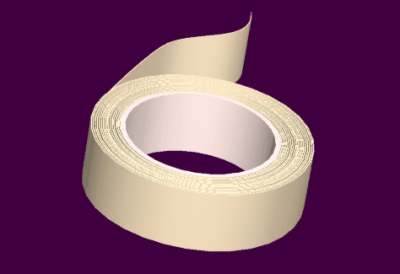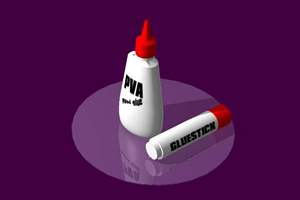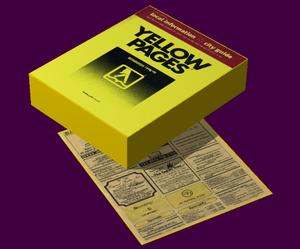 |
When you have to join things together, try to avoid automatically reaching for the sticky tape!There are times when sticky tape is the right thing to use, but generally you are better off using a strong glue (and a little patience!). You probably only have one kind of glue available, ie PVA,but some PVA is stronger than other PVA. Try to use the strongest you have - and that designed to stick wood is obviously the best. All PVA however, is water based, so it has to lose the all the water, (by absorption and evaporation), before it becomes hard. That's when the patience is needed! It also means that you can't join non-porous materials, such as plastic, with PVA glue. Then you will probably have to make do with sticky tape (or the glue gun). Use as little glue as possible, then there is less water to lose and setting will be quicker. Plastic glue spreaders are often too big, and a bit too much like shovels, for precise gluing, so be prepared to make your own spreaders from card or lolly sticks or even matchsticks. Pages taken from out-of-date Yellow Pages make excellent 'glue mats'. They come in handy packs, lie flat and have rectangles printed on most sides. This means that you can set up right angled corners, arranges pieces parallel, etc., and if your work-piece sticks to the paper it is very easy to tear free. The sticky tape is just the job when it comes to holding pieces together while the glue is drying. In many cases it can remain in place after the glue is set to re-inforce the joint. Use paper tape such as masking tape rather than clear cellulose tape. It's easier to handle and if you do need to leave it in place then it doesn't look so unsightly,(and it can be painted over if necessary).
|
 |
|
 |